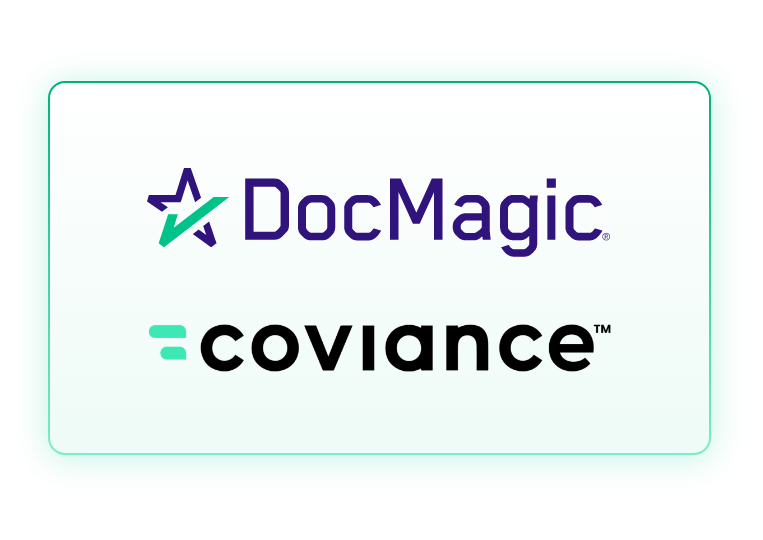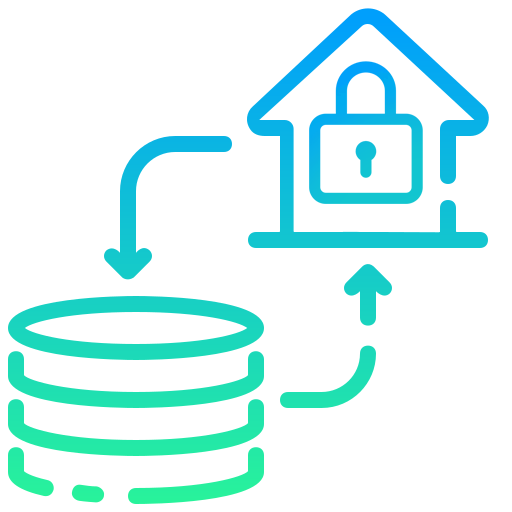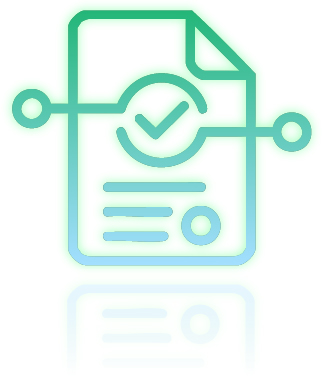DocMagic CEO Pat Theodora Named a 2025 HousingWire Vanguard

We’re excited to share that Pat Theodora, DocMagic’s CEO and Co-Founder, has been honored with a 2025 HousingWire Vanguard Award—recognizing his decades-long leadership and ongoing contributions to digital mortgage innovation.
The HousingWire Vanguard Awards spotlight senior housing leaders who are making a measurable impact across the real estate, mortgage, and finance sectors. Now in its tenth year, the program honors executives whose daily work helps move the industry forward.
Pat brings over 40 years of experience in the mortgage space, starting as a loan officer in 1980 and co-founding DocMagic in 1987. Today, he leads with the forward-thinking, approach that helped establish DocMagic’s reputation as an industry trailblazer.
Under his leadership, over the past year the company has:
- Launched a new unified platform powered by integrated AI
- Enabled the industry’s first electronic HELOC registration with the MERS® eRegistry
- Continued to grow despite market headwinds, with hundreds of new lenders onboarded in the past year
“Pat’s influence on DocMagic and the broader mortgage ecosystem is undeniable,” said Lori Johnson, COO of DocMagic. “He leads with integrity, experience, and vision—consistently challenging us to deliver better outcomes for our clients and the industry at large.”
Pat is a visible presence at major industry events and continues to champion innovation and integrity at every level of the organization. His leadership has helped DocMagic maintain momentum, strengthen partnerships, and deliver technology that keeps lenders competitive.
You can find more information about Pat Theodora here:
? www.housingwire.com

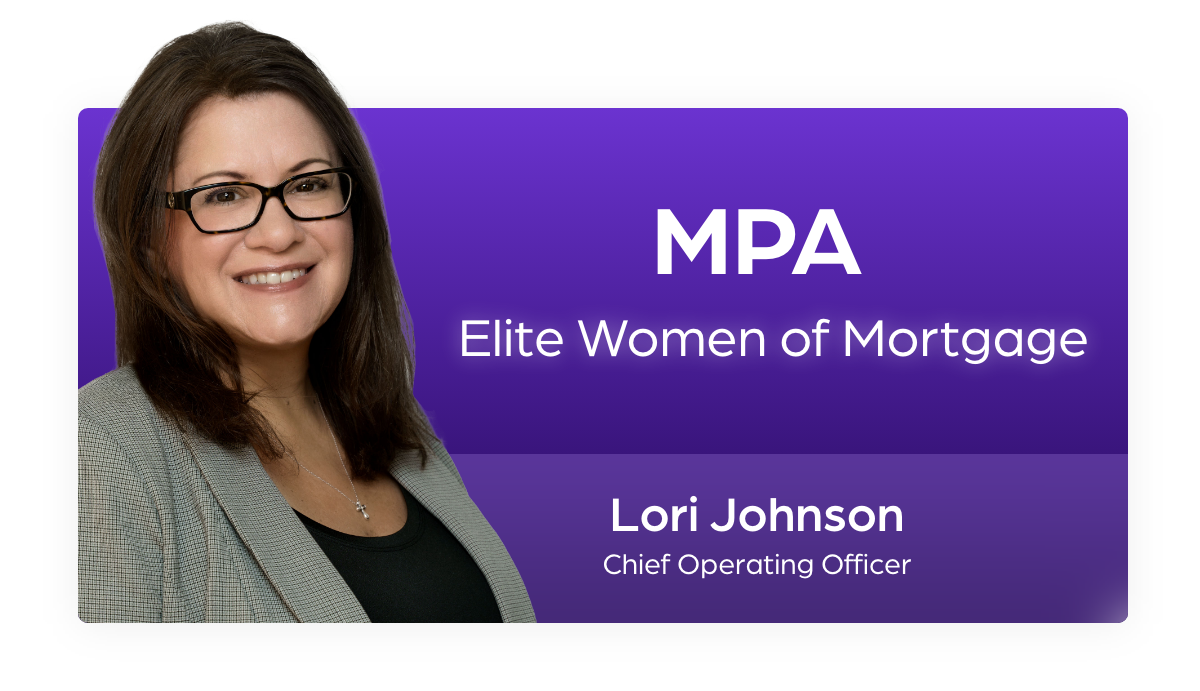
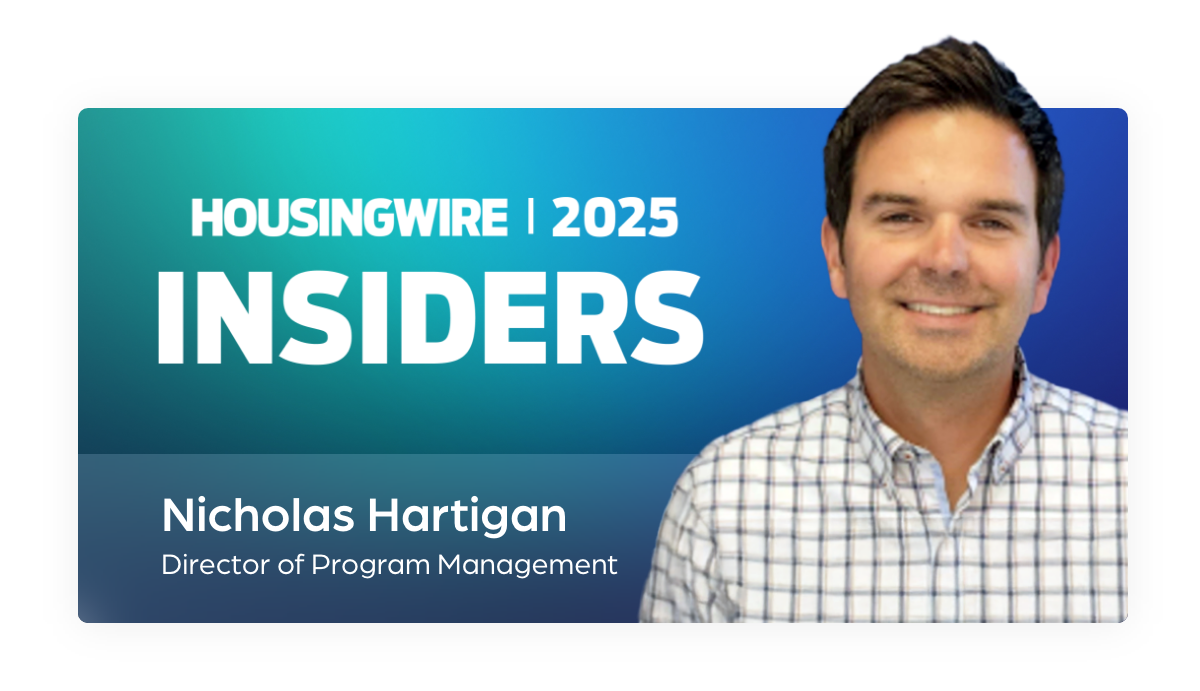
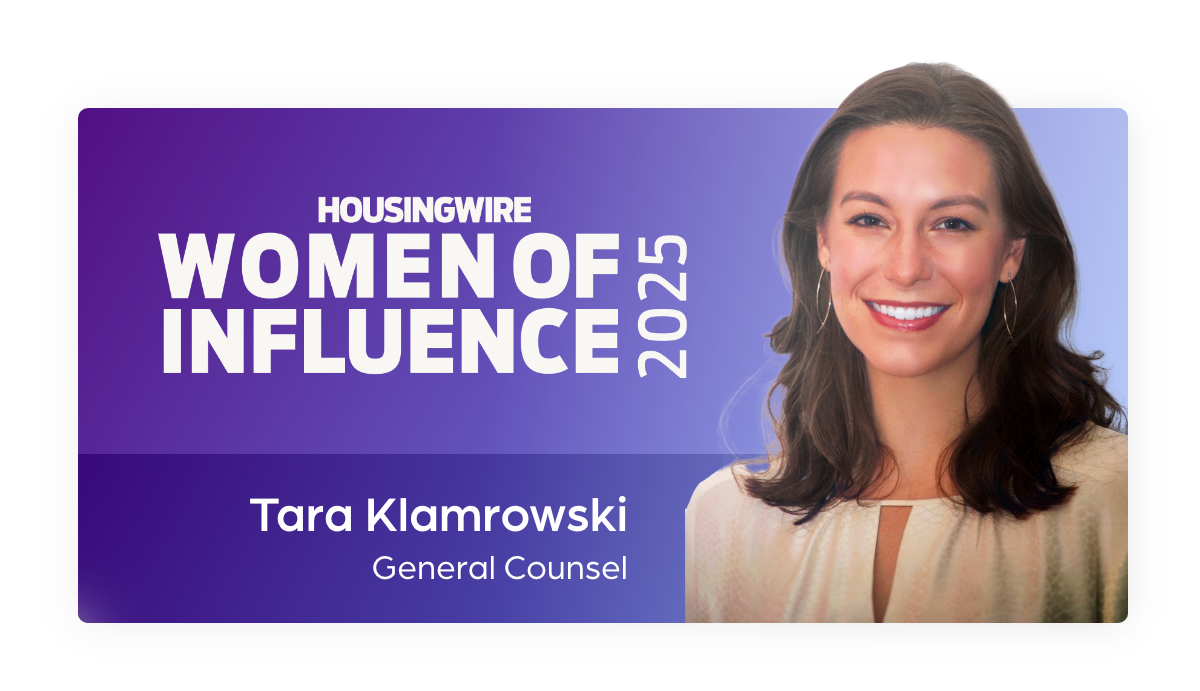
.png)
